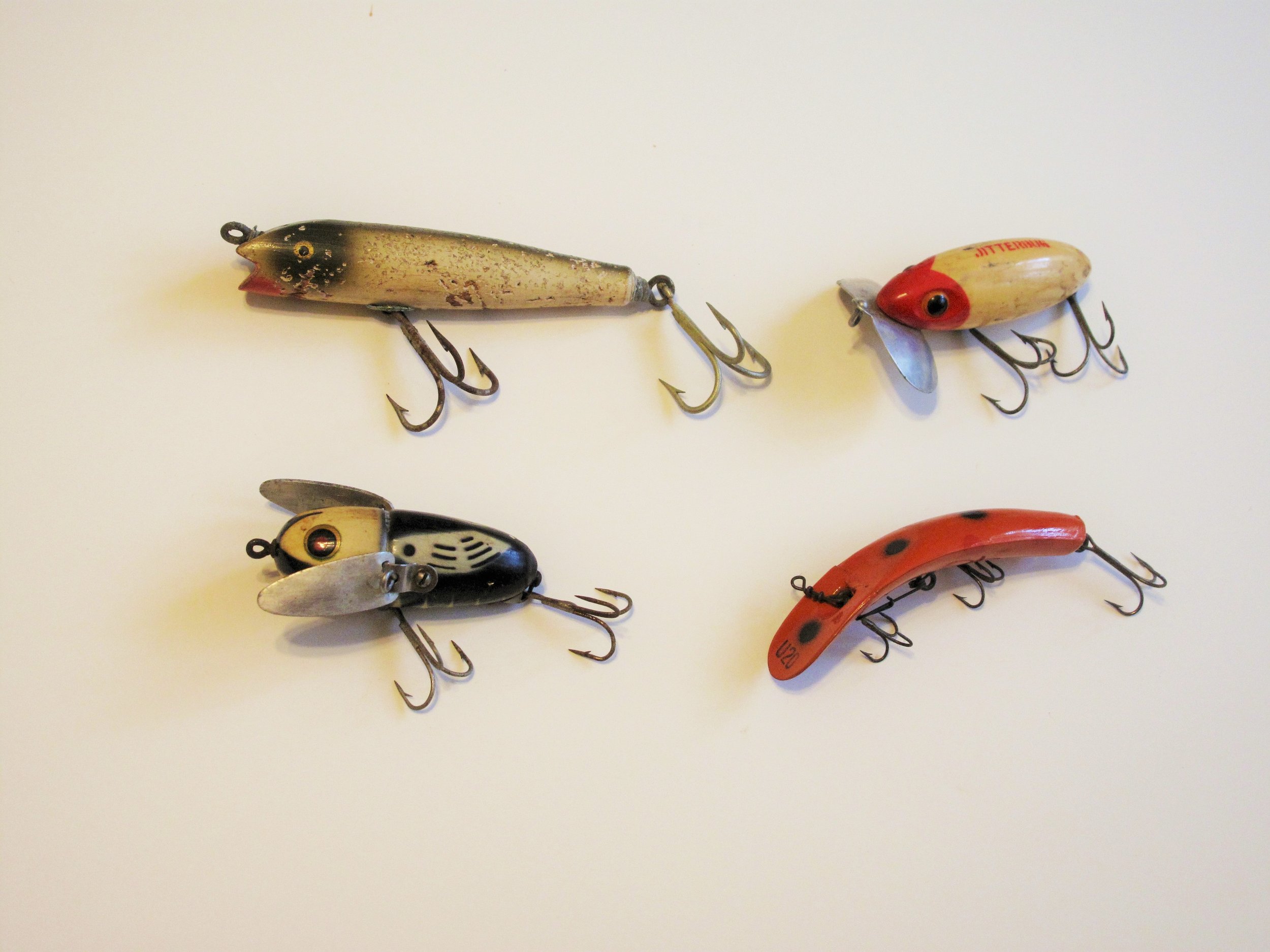Why Do Deer Get Dark Foreheads in Rut?
You may have noticed how some old whitetails during the rut develop rich, dark hairs on their foreheads. I always guessed this was the result of rubbing sap and dirt into the hair while making tree rubs. Now I’ve discovered this darkening might be a natural pigmentation that serves as a visual cue indicating the sexual status of the buck. Canadian wildlife researchers G.A. and A.B. Bubenik studied this phenomenon more than 25 years ago (www.ncbi.nlm.nih.gov). Do you suppose the same thing applies to the black foreheads we see on old mule deer bucks? I stumbled onto this while researching eland (www.biomedcentral.com) for an article I’m preparing for American Hunter magazine. Old eland bulls do a number of things to advertise their size, age, mass and physical dominance including: 1. Grow huge dewlaps that augment the size of their necks/briskets 2. Change coat color from tan to blue-gray, which emphasizes bulk. 3. Grow dark, thick mats of hair on their foreheads. 4. Lowering the pitch or frequency of the clicking sound made while walking when tendons snap over a carpal bone. The older and heavier the bull, the lower the frequency of the thicker, more elongated tendon. The idea is that these visual and audio signals will “win the game” without the bulls actually having to fight it out. I wonder if a young whitetail turns tail and sneaks away upon seeing the dark forehead of a mature buck? # # #












